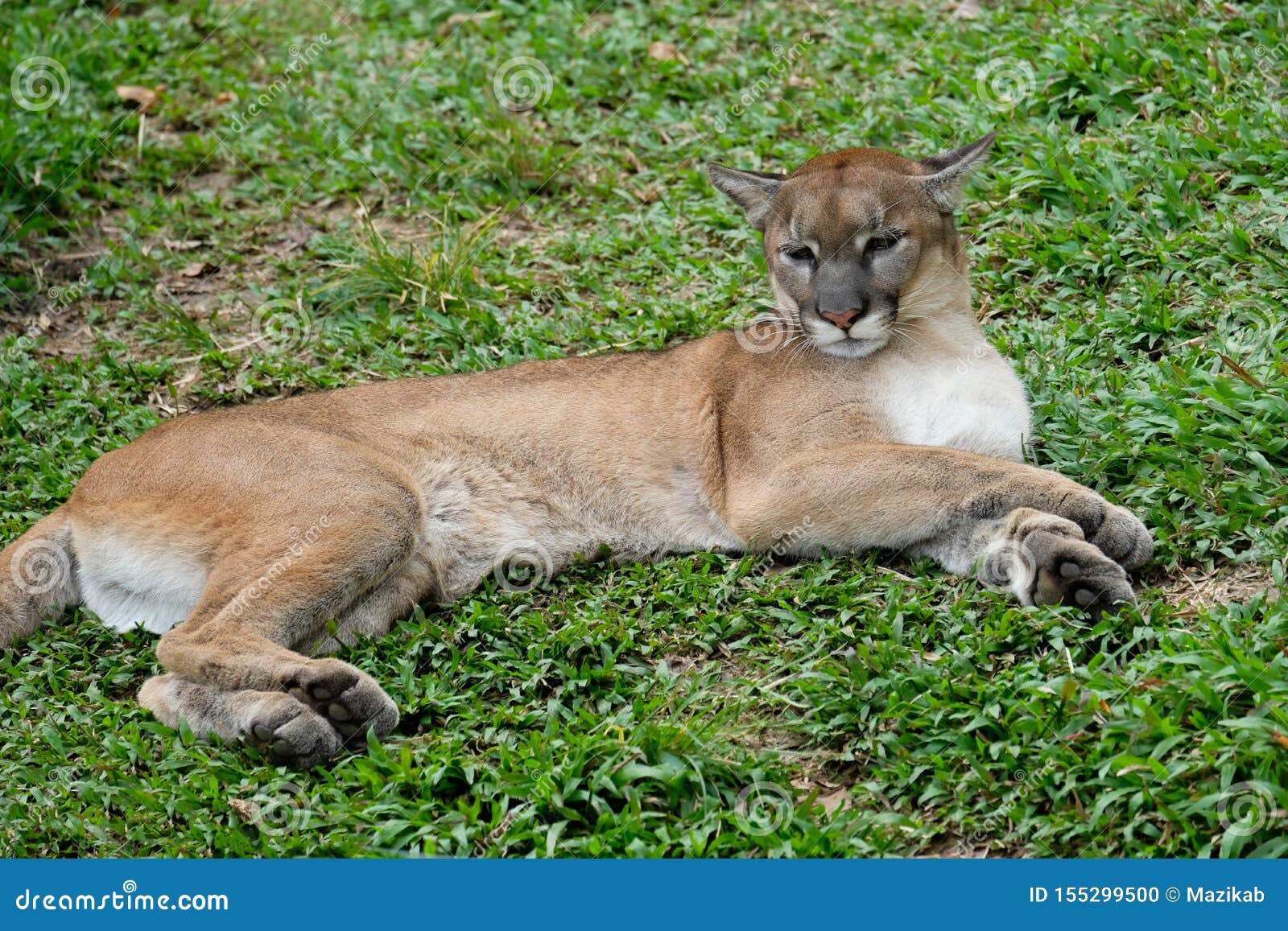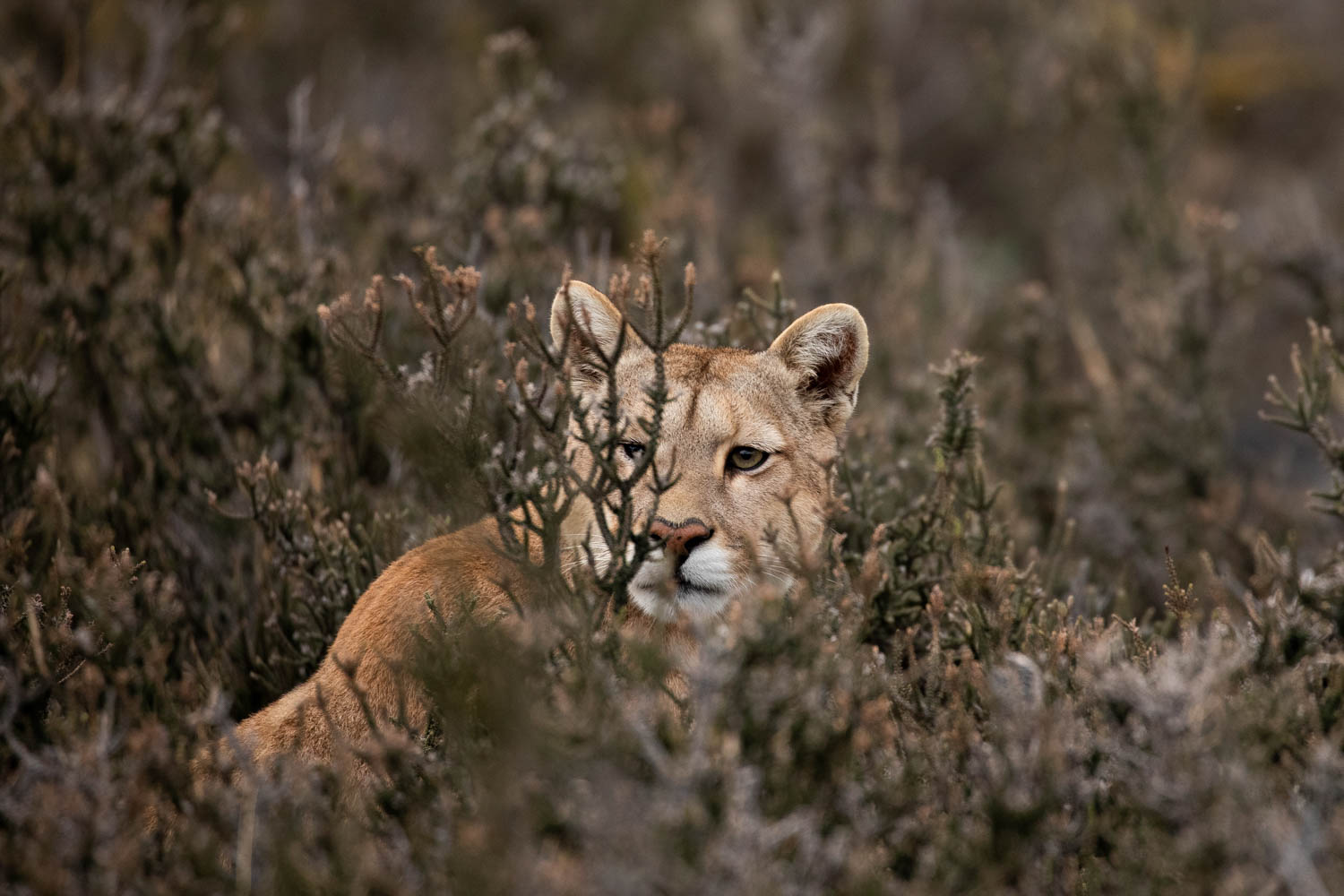

Top left: Copperhead (Agkistrodon contortrix ), image Judy Gallagher, CC2 top right: Large-eyed pit viper ( Trimeresurus macrops ), image Rushen, CC2 bottom left: Amazon tree boa ( Corallus hortulanus ), image Charles (Chuck) Peterson, CC2 bottom right: Shield-nosed cobra ( Aspidelaps scutatus ), Mokele, CC2.


As all these factors play a role in shaping snakes’ adaptations there is a diverse mix of morphologies and behaviours, including some agile snakes that ambush their prey as well as some stout snakes that actively hunt (bottom row). If we consider microhabitat, for example, snakes that sit hidden in the leaflitter for weeks on end will have very different morphology and colouration than snakes that live amongst the vines and branches of trees – even if they are both ambush predators, such as the two snakes pictured in the top row below. A snake’s adaptations will therefore reflect the variables of its niche. However, fitness is influenced by all aspects of an animal’s ecology – its interactions with other living things, the conditions of the environment, and its role within that environment its niche. You may recall from last week that an animal’s adaptations increase its chance of survival, which in turn increases its chance of evolutionary success – its fitness. When making these generalisations about the links between snake morphology (body form) and predation strategy, it is important to remember that there are many exceptions to the rule. The dwarf crown snake (Cacophis kreffti ) is a small venomous elapid that hunts lizards. In contrast, active hunters tend to have longer, thinner bodies with greater agility, which complement their prey capture strategy. Many ambush-hunting snakes have heat-sensing pits, and as a rule-of-thumb most tend to have a thick and powerful body, which helps them to strike quickly or overpower their prey. Their vomeronasal organ helps them to pick up a scent trail and their ectothermy and low metabolic rate allow them to go for long periods of time between meals. Over previous blogs, we have introduced the concept of animals being specialised to their environment (adapted) and discussed a few of the adaptations that help snakes survive, particularly their predation strategies. This week, we are taking a closer look at prey subjugation strategies - that is, the strategies snakes use to overpower their prey. Last week, in our Predation strategies - Part 1: Bodies and behaviours blog, we discussed the links between a snake’s morphology (body form and structure) and its predation strategy. Snake Predation Strategies – Part 2: Venom and constriction


 0 kommentar(er)
0 kommentar(er)
